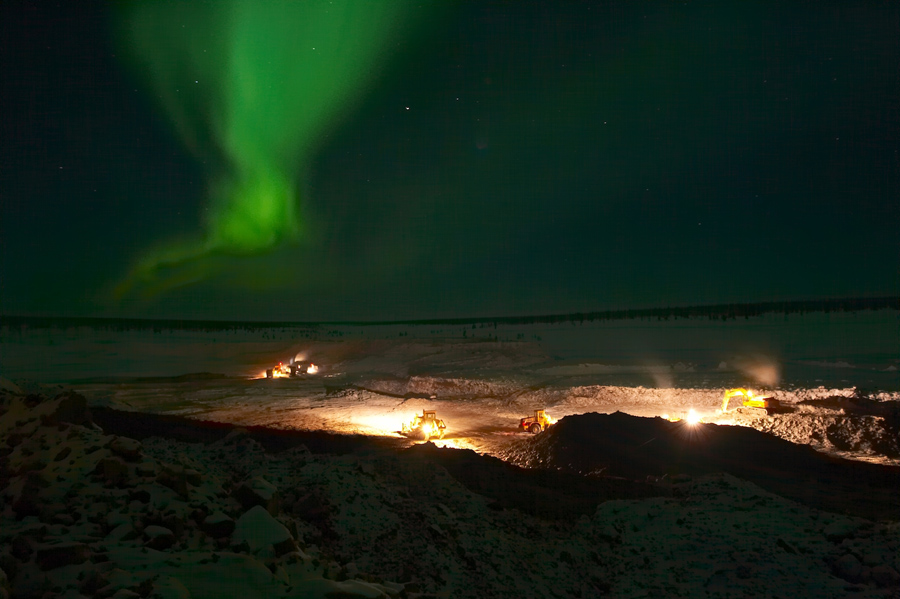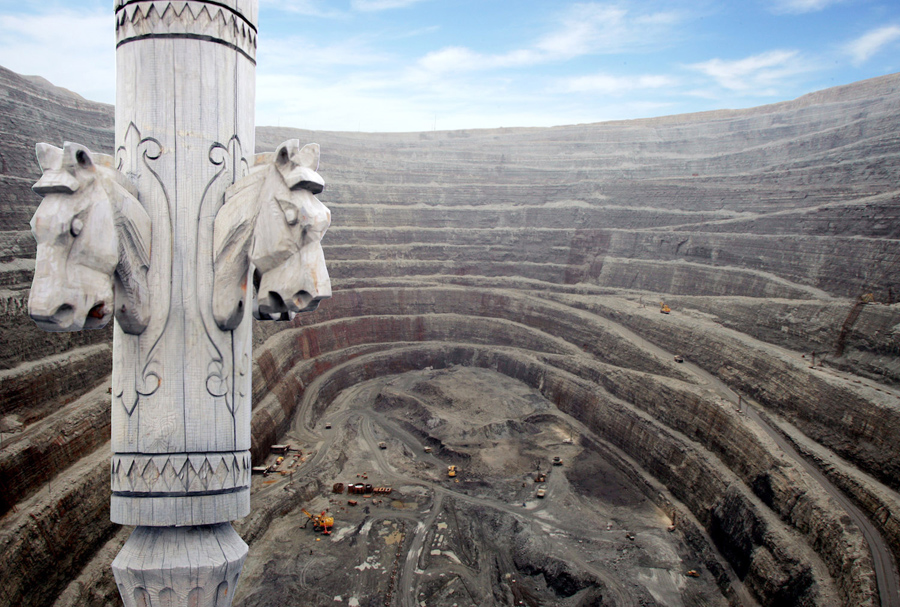
Credit ratings agency Moody’s warned at the beginning of the year that the current downturn in raw materials was like no other and that defaults among mining and metals companies could reach levels last seen during the height of the financial crisis.
As a result, Moody’s embarked on a sector-wide review of the 87 global mining majors that it covers. The review started off with a bang in January when the agency dropped the world’s biggest listed copper mining company Freeport-McMoRan down a full four notches deep into junk territory.
By the end of the first quarter 30 companies had their debt ratings axed including marquee names like Rio Tinto, BHP Billiton (down two notches), Goldcorp and Chile’s state-owned Codelco. A number also lost their investment grade rating for the first time such as Anglo American and Vale both down three notches. Only 19 organizations retain investment grade ratings in the sector.
Only 19 companies retain investment grade ratings in the sector
Then last week Moody’s finally found something to celebrate in the sector. Diamond giant PJSC Alrosa was upgraded and now sits on the border between junk and investment grade, the first and only mining company enjoying an improving credit environment.
Moody’s said its decision reflects the fact that the Russian giant’s financial metrics “have remained strong versus global peers” and will remain robust, “owing to the company’s status as a major producer and exporter of diamonds and weak rouble, the company’s 29% share in the global diamond output, its low-cost reserve base, technical mining expertise, solid liquidity and conservative financial policy.”
The outlook for Alrosa, 77%-owned by Russia and the Republic of Sakha (Yakutia), is negative, but that’s in line with its assessment of the sovereign rating of Russia says Moody’s. The 60-year old group operates across nine countries and ten regions of Russia.
Alrosa’s output climbed to 38.3 million carats, a 6% increase when compared to the previous year, thanks mainly to improvements at its Mir and Udachny underground mines, as well as the commissioning of Karpinskaya-1 and Botuobinskaya pipes and other high-potential deposits.
Alrosa, which together with Anglo-American unit De Beers produces more than half of the world’s diamonds, also saw its reserves grow last year to 43.6 million carats. Despite poor global diamond market conditions, the company sold 3.8% more rough diamonds and increased sales 8% to $3.4 billion.
Alrosa, which along with fellow Russian resources firms Rosneft and Bashneft are among the most likely candidates for privatization by the Kremlin, is worth $8.2 billion in Moscow (RUB 535 billion) after rising by 30% in value this year.
Incidentally another Russian company operating in as challenging an industry – OJSC Magnitogorsk Iron and Steel Works – was also upgraded last week. MMK with annual sales of $5.8 billion was praised for its low costs, high volume of exports and competitiveness in international markets.

Udachny open pit Yakutia near the arctic circle: Image: Alrosa